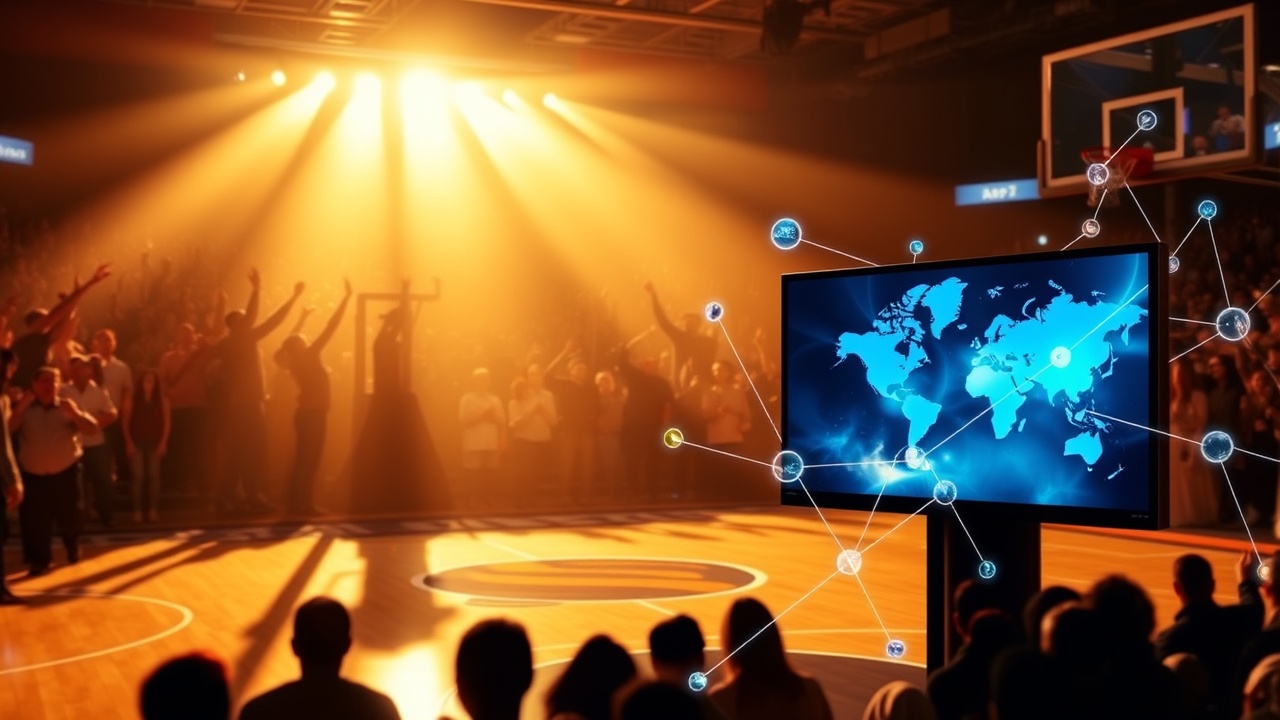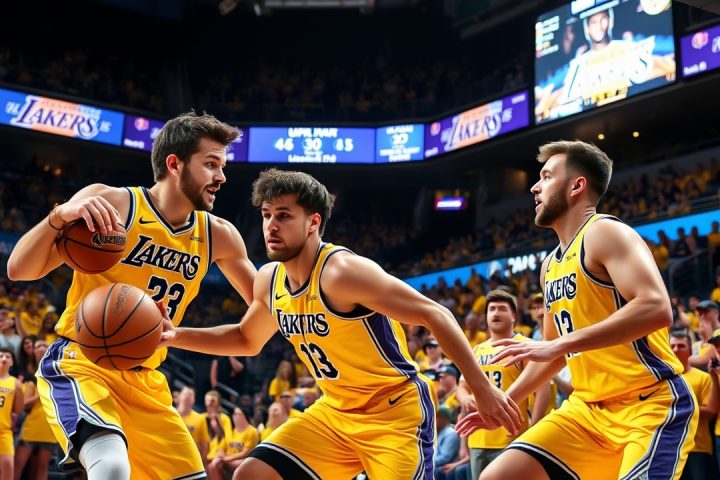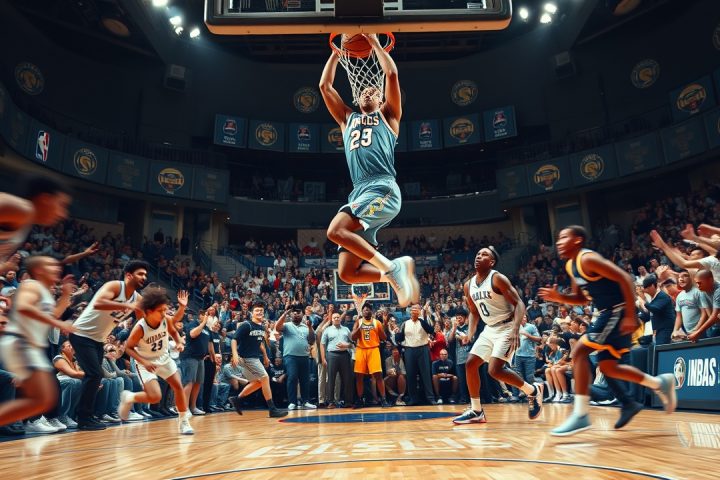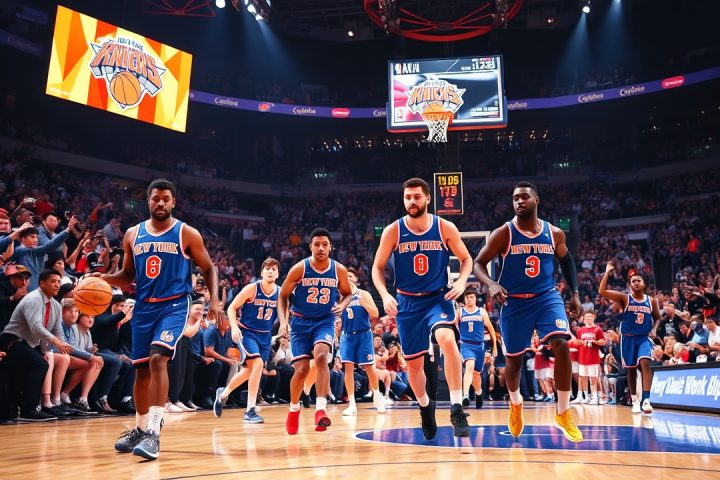NBA Broadcasting Changes
As the NBA approaches exciting changes this spring, the league prepares for its championship clash between the Oklahoma City Thunder and Indiana Pacers. However, this season also marks the end of significant broadcasting partnerships, particularly for long-time network TNT, concluding a remarkable 40-year history with the league. The popular program ‘Inside the NBA’ will transition to ESPN, leaving fans questioning the future dynamic of NBA coverage.
Postseason and Local Broadcasts
Additionally, this postseason represents the final opportunity for local regional sports networks (RSNs) to showcase the first round of playoffs, as all upcoming games will shift to national broadcasts. This significant change stems from comprehensive media rights agreements the league secured last summer, committing to 11-year contracts with Disney, Amazon, and NBC valued at approximately $75 billion. As of next season, fans will experience major shifts in viewing options, including increased broadcast television presence and expanded streaming choices for nationally broadcast games.
Challenges for Local Broadcasts
The future for local game broadcasts, which are vital for fan engagement and team revenue, remains largely uncertain. Many NBA franchises are grappling with inconsistencies in their local broadcast arrangements as they head into the summer. The NBA has been conducting in-depth research into local RSN landscapes, with Commissioner Adam Silver stressing the need for clarity and strategy moving forward.
“We need to understand these changes,”
he noted, highlighting that multiple team networks have faced shutdowns or bankruptcy, creating a climate of instability.
Impact of Cable Declines
Over the past year, the NBA has been assessing the impact of declining cable subscriptions, which are affecting RSNs and the teams reliant on them for revenue. Bill Koenig, the NBA’s president for global content and media distribution, surveyed both teams and broadcast partners during his investigation. The goal was to uncover insights into the challenges they face; however, definitive solutions remain elusive.
Current Broadcast Contracts
The NBA Finals contenders, the Thunder and Pacers, illustrate these complexities as their games are broadcast via Main Street Sports Group, formerly known as Diamond Sports, which is emerging from bankruptcy. Meanwhile, an additional 13 NBA teams have contracts with this RSN, although this number has decreased over time. This spring, five franchises opted to extend their agreements with FanDuel Sports Network for the next two years, seeing no feasible alternatives in the challenging broadcasting climate.
Local Media Rights and Team Revenue
Despite the new nationwide deals set to provide teams with approximately $140 million starting next season – with potential increases up to $290 million by its conclusion – local media rights remain a crucial financial stream for franchises. Teams like the Utah Jazz, Phoenix Suns, Dallas Mavericks, Portland Trail Blazers, and New Orleans Pelicans have shifted away from RSN agreements, exploring over-the-air and streaming options instead, but they still face challenges in monetizing these platforms.
Cable Revenue and Future Strategies
Even franchises with stable local broadcast agreements are experiencing turbulence. The New York Knicks, for instance, suffered a 28% drop in local media rights payments from MSG Networks, amid ongoing negotiations related to significant debt. Similar issues affected the Chicago Bulls, as the Chicago Sports Network, the RSN they co-own, grappled with distribution challenges, failing to secure a deal to air their games until late in the season.
While local broadcasts may be shifting in uncertain directions, optimism remains among NBA officials regarding the appeal of local programming. Monumental Sports, which oversees the Washington Wizards, has invested in securing its RSN, NBC Washington, to ensure better distribution, driven by recent market shifts.
Zach Leonsis, president of Monumental, expressed the organization’s motivation to eliminate middlemen and enhance direct consumer relationships, noting, “For us, the network is a critical asset that allows us to engage directly with our dedicated fan base.”
Their approach seems to be paying off, evidenced by their improved digital engagement and increased sponsorship revenue.
Looking Ahead
With cable still being a primary source of team revenue, alongside the inevitable challenges of launching standalone RSNs, the NBA may need to explore new measures, such as a national streaming service for local broadcasts. If successful, this could offer fans a new way to engage with their favorite teams and matches. Current plans suggest a move towards streaming becoming more standardized next season, with most teams expected to have digital options available for fans.
In conclusion, while the NBA’s broadcasting environment is clearly in a state of transition, innovative approaches and a willingness to adapt will be essential as the league navigates the complexities of viewership and local market dynamics.




